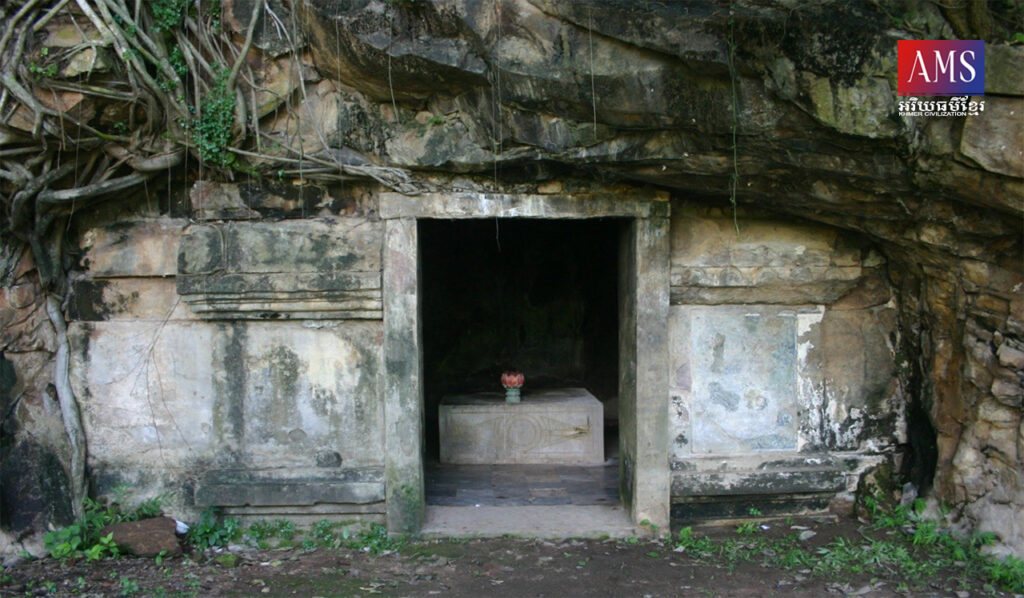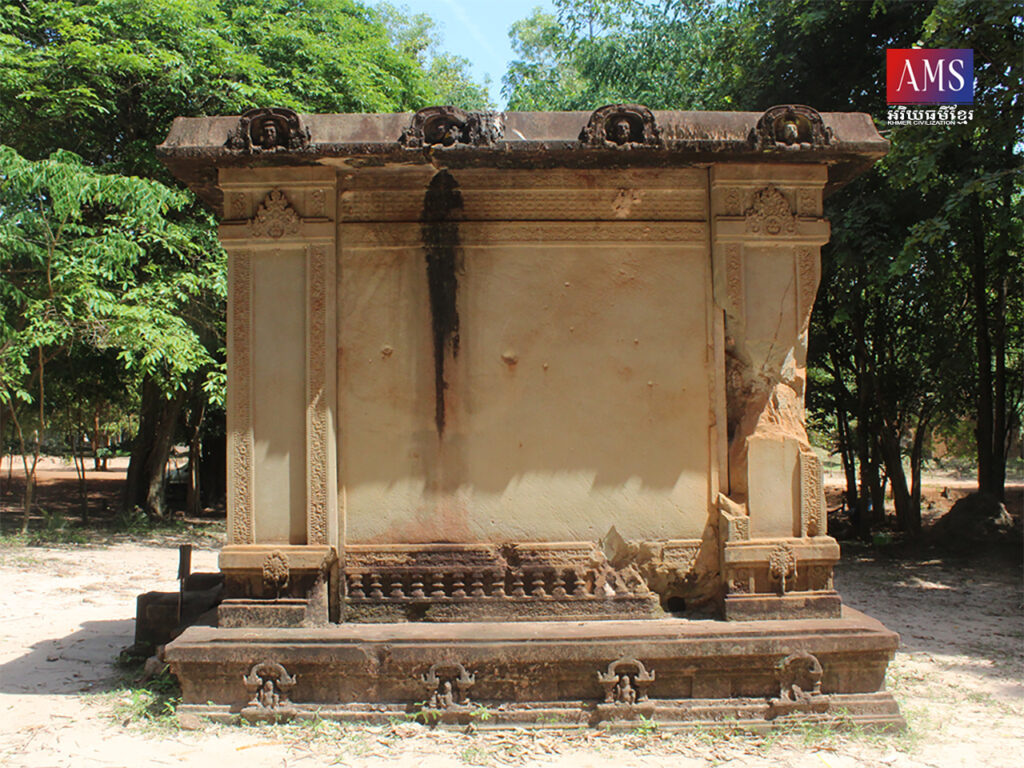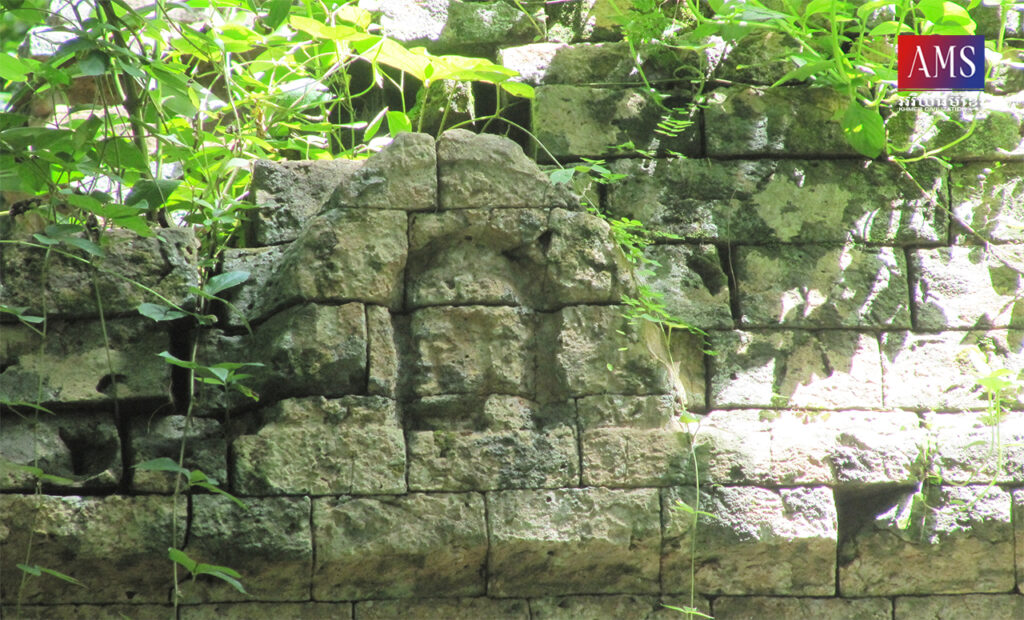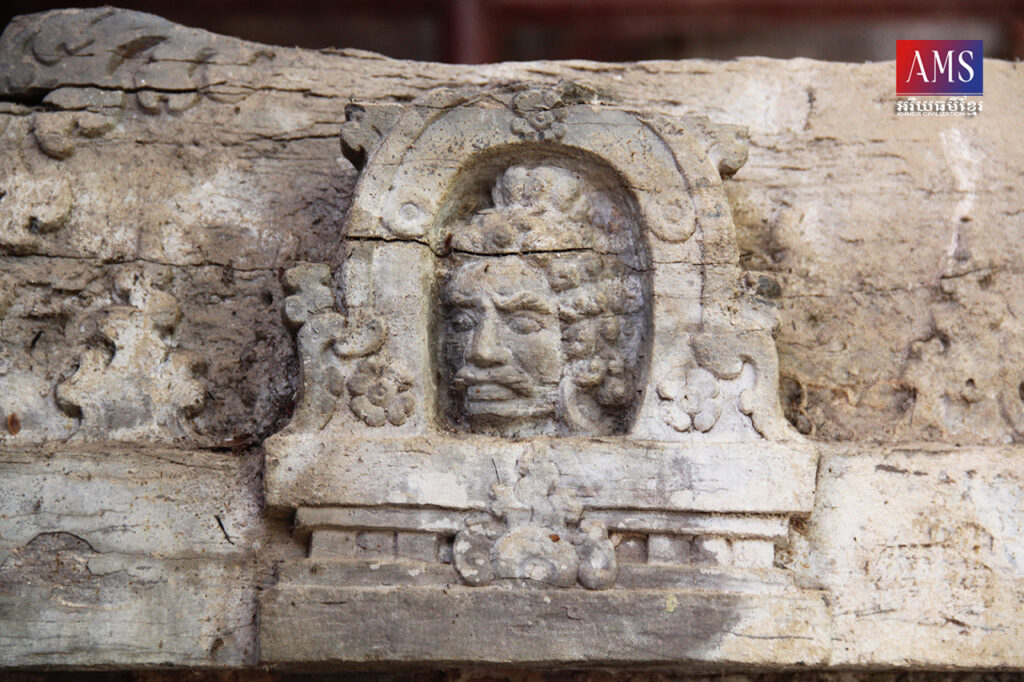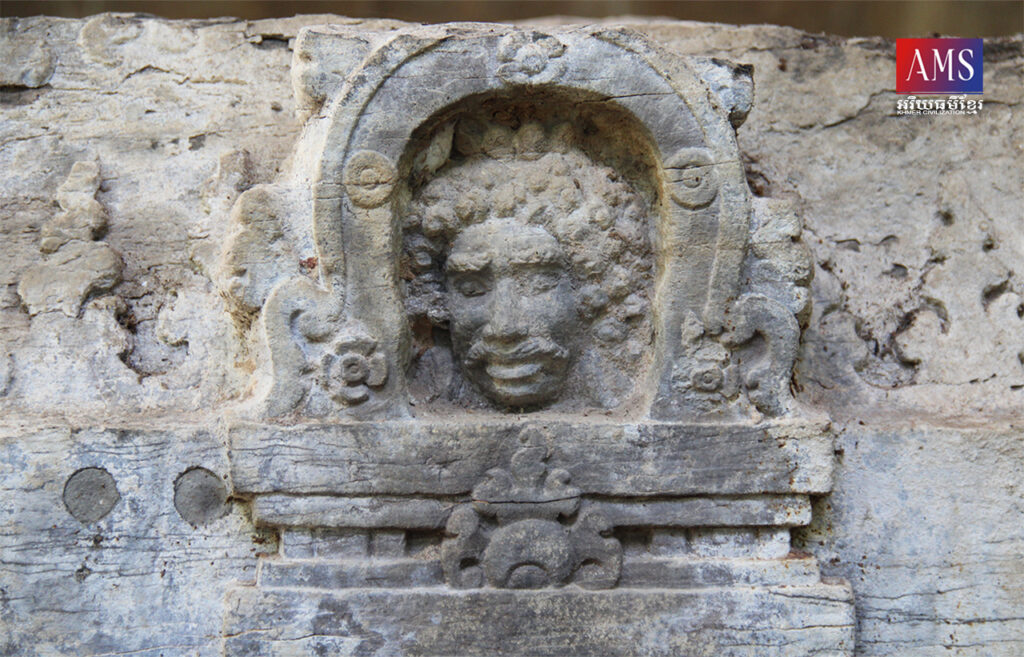គូឌុ ជាចម្លាក់ដែលមានរាងដូចក្រចកដែលលេចឡើងដំបូងនៅក្នុងសិល្បៈឥណ្ឌា។ ចម្លាក់នេះគេលម្អនៅលើធ្នឹមក្បាលជញ្ជាំង ឬតាមថ្នាក់ដំបូលនៃប្រាសាទ ហើយបើនៅឥណ្ឌាគេច្រើនដាក់នៅតាមច្រកទ្វារចូលទីសក្ការក្នុងរូងភ្នំ។ ពាក្យ “គូឌុ” គឺជាពាក្យក្លាយមកពាក្យ “តមុល” ដែលមានន័យថា “សំបុក” ហើយតំណាងឱ្យភាពខ្ពង់ខ្ពស់ ដ្បិត “សំបុក” តែងតែស្ថិតនៅលើទីខ្ពស់។ អ្នកស្រាវជ្រាវប្រវត្តិសិល្បៈ និងបុរាណវិទ្យា តែងតែហៅឈ្មោះចម្លាក់គូឌុនេះផ្សេងៗគ្នា ដូចជា ចៃត្យ (Caitya-Window) គូឌុ (Kūdu) គវាក្ស (gavākṣa) ប៉ុន្តែលោក G. Jouveau-Ouveau-Dybreull បញ្ជាក់ថាឈ្មោះ “គូឌុ” គឺជាឈ្មោះដែលគេនិយមហៅជាងគេនៅក្នុងសិល្បៈឥណ្ឌា។
ជាទូទៅ រូបរាងរបស់ចម្លាក់គូឌុមានធាតុផ្សំសំខាន់ៗដូចជា មានក្បាលសសរ (ខ្លះក៏មិនមាន) មានស្លាបឬត្រចៀកនៅសងខាង មានរាងដូចក្រចកនៅលើក្បាលសសរ (ឥណ្ឌាហៅថា “Mukhapat̟t̟i”) មានឬគ្មានក្បាច់កំប៉ោយនៅខាងលើ (ឥណ្ឌាហៅថា “Śikhā”) មានឬគ្មានចម្លាក់រូបក្បាលមនុស្សឬទេពឬក្បាច់រុក្ខជាតិនៅខាងក្នុង (ឥណ្ឌាហៅថា “Gād̟ha”)។ នៅក្នុងសិល្បៈខ្មែរ ចម្លាក់គូឌុគេនិយមប្រើប្រាស់នៅសម័យមុនអង្គរ រវាងស.វ.ទី៦ ដល់ចុងស.វ.ទី៨ ហើយគេអាចចែកចេញជា ៣ ប្រភេទធំៗ គឺ៖
ប្រភេទទី១៖ ចម្លាក់គូឌុធម្មតា មិនមានក្បាច់ចម្លាក់លម្អ ដែលយើងឃើញមាននៅក្នុងរចនាបថភ្នំដា ឧទាហរណ៍ ចម្លាក់គូឌុនៅលើក្បាលជញ្ជាំងច្រកចូលរូងភ្នំដា និងថ្នាក់ៗកំពូលប្រាសាទអាស្រមមហាឥសី (ភ្នំដា)។
ប្រភេទទី២៖ ចម្លាក់គូឌុ មានលម្អក្បាច់រុក្ខជាតិនៅខាងក្នុង ដែលយើងឃើញមានច្រើននៅលើសំណង់ប្រាសាទឥដ្ឋក្នុងរចនាបថសំបូរព្រៃគុក ព្រៃក្មេង និងកំពង់ព្រះ ដែលមាននៅលើក្បាលជញ្ជាំង លើក្បាច់វិមានអណ្តែ លើទ្វារបញ្ឆោត និងនៅលើផ្តែរទ្វារក៏មាន។
ប្រភេទទី៣៖ ចម្លាក់គូឌុ មានលម្អរូបក្បាលមនុស្សឬទេពនៅខាងក្នុង ដែលយើងឃើញមានឆ្លាក់ច្រើនជាងគេក្នុងសិល្បៈខ្មែរ ទាំងនៅលើឥដ្ឋ និងថ្ម ជាពិសេសរចនាបថសំបូរព្រៃគុក និងរចនាបថព្រៃក្មេង។
ចម្លាក់គូឌុប្រភេទទី៣នេះ មានលក្ខណៈពិសេសច្រើនយ៉ាងគួរឱ្យកត់សម្គាល់ តួយ៉ាង គឺរូបភាគច្រើនបែរមុខចំ (រចនាបថសំបូរព្រៃគុក) រូបមួយចំនួនបែរមុខចំហៀង (រចនាបថព្រៃក្មេង)។ លក្ខណៈពិសេសមួយខ្លាំងនោះគឺ មានរូបខ្លះជាចម្លាក់ជនបរទេស ដូចយើងឃើញនៅចម្លាក់គូឌុនៅប្រាសាទក្តារអុកដែលជាសិល្បៈមានឥទ្ធិពលមកពីឥណ្ឌាខាងត្បូងនៅដើមសម័យចលុក្យា ក្នុងតំបន់ដេសង់។
ចម្លាក់គូឌុ សិល្បករនិយមប្រើប្រាស់នៅសម័យមុនអង្គរប៉ុណ្ណោះ ប៉ុន្តែចម្លាក់នេះបានវិវឌ្ឍទៅជាផ្នែកមួយនៃកញ្ចាំងក្នុងសិល្បៈខ្មែរសម័យអង្គរ។ ចម្លាក់គូឌុ មិនត្រឹមតែដើរតួនាទីជាក្បាច់លម្អរបស់សំណង់សាសនាតែមួយមុខនោះទេ តែជាធាតុផ្សំដ៏សំខាន់ដែលបង្ហាញអំពីការវិវឌ្ឍរបស់សំណង់។
—————————-
Kūdu sculpture in Khmer art
Kūdu is similarly a nail-shaped sculpture that first appeared in Indian art. This sculpture is decorated on the walls beams or roof of the temple, and in India, it is often placed where the entrance worship in the cave.
The word “Kūdu” is a derivative of the word “Tamul” which means “Nest” and represents superiority, for “nest” is always on the top. Art-History and Archaeologist researchers often call the Kūdu sculptures differently namely Caitya-Widow, Kūdu, and Gavākṣa, but G. Jouveau-Ouveau-Dybreull states that “Kūdu” is the most popular name in Indian art.
In general, the shape of a Kūdu sculpture consists of the main elements, such as the head of the pillar (some do not exist), the wings or ears on each side shaped like nails on the head of the pillar (called “Mukhapat̟t̟i” in India), with or without the carving of a tuft of hair on the Kūdu (Called “Śikhā” in India), and with or without the carving of human heads or deities or plant sculptures inside (called “Gād̟ha” in India). In Khmer art, Kūdu sculptures were popularly used in the Pre-Angkorian between the 6th and late 8th centuries and can be divided into three major types:
Type 1: Normal Kudu sculptures do not have the decorative sculptures that we see in the Phnom Da style, for instance, the Kudu sculptures on the head of the entrance wall of the Phnom Da cave and the roof tier of the Asrom Maha Eysei temple (Phnom Da).
Types 2: Kūdu sculptures with decorative plant motifs inside, which can be seen in the brick temples in the style of Sambor Prei Kuk, Prei Khmeng, and Kampong Preah, which are on the head of the wall, on the floating palace, on the blind door, and also on the lintels.
Types 3: Kūdu sculptures decorated with human heads or deities inside, which we see the most carvings in Khmer art, both on brick and sandstone, especially in the Sambor Prei Kuk and Prei Khmeng styles. This third type of Kūdu sculpture has many remarkable features, that is, most of the faces are facing straight (Sambor Prei Kuk style), some of the Kūdu sculptures are faced to a side (Prei Khmeng style). One of the most distinctive features is that there are some of the Kūdu sculptures are foreigner figures, as we see in the Kūdu sculptures at the Prasat Kda Ouk, an influential art from southern India in the early Chalukya period in the Deccan.
Kudu sculpture was mostly carved by artists only in the Pre-Angkorian, but it has evolved into a part of Kanhcheang Kbach (kind of carved Khmer design) of Khmer art in the Angkorian. Kudu not only serves as an ornament of religious buildings but also an important element of the evolution of the structure.
អត្ថបទដោយ៖ លោក ម៉ង់ វាលី



